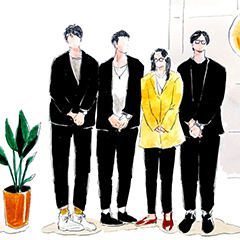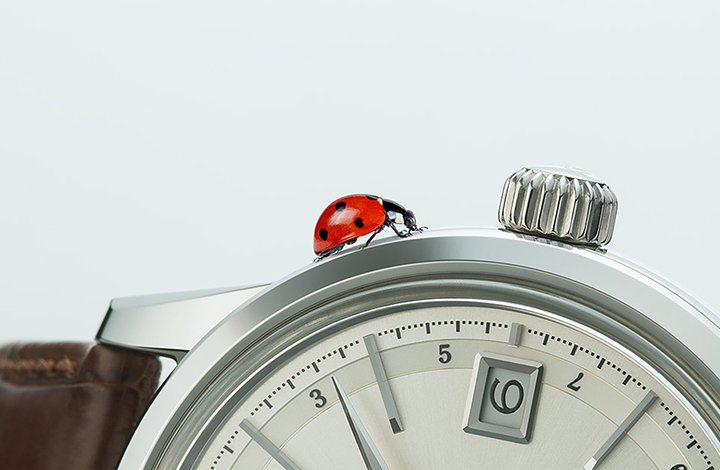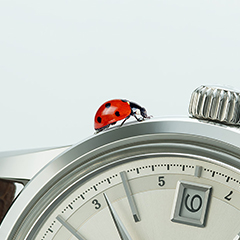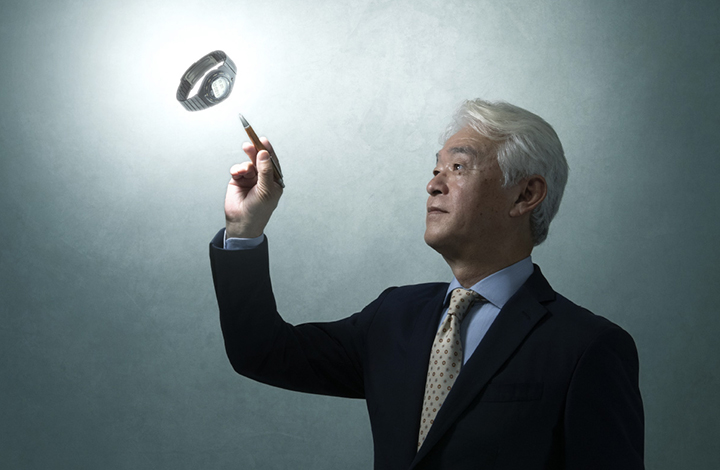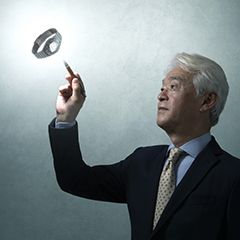Two young designers go to the design festival in Milan.
Koriyama: A wide variety of companies and designers run exhibitions at the Milan Design Week every year, but last year was the first time for Seiko Watch Corporation to participate.
Yoshida: Right. With an aim to more widely share Grand Seiko’s appeal with the world, we ran an exhibition in 2018 for the first time, and this year we also participated as the Grand Seiko brand. As project members from the Design Center Department, the two of us got to visit Milan.
Koriyama: I have personally been to Milan when I was a student. I got the impression that the city remains as fashionable as ever. But it’s not an obvious, flashy kind of fashion, like pink or red jackets, but is instead based on basic, subdued colors.
Yoshida: It was my first visit to Milan. As you said, my impression was of a serene city with good taste. Compared with the flamboyance of Paris, I thought that the monotone coloring of stone buildings had a chic coolness somewhat familiar to Japan.
Koriyama: Attending this international design festival in Milan, we saw and experienced many companies’ exhibitions including, of course, our own. We were greatly inspired, and I think we learned a lot.
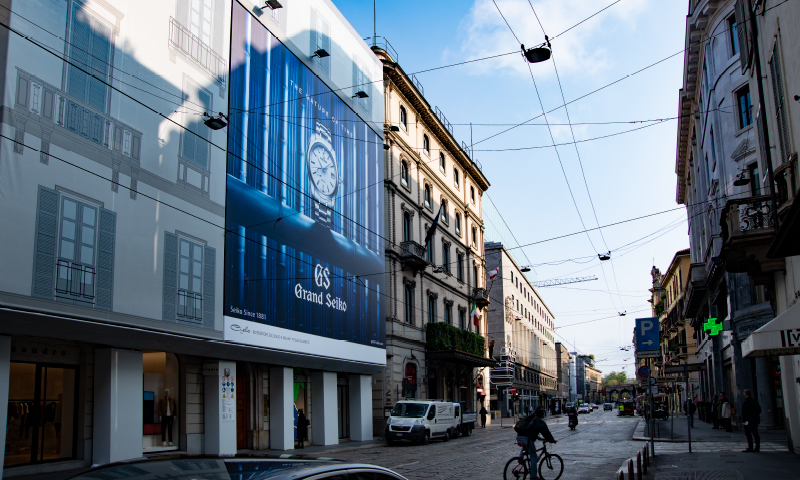
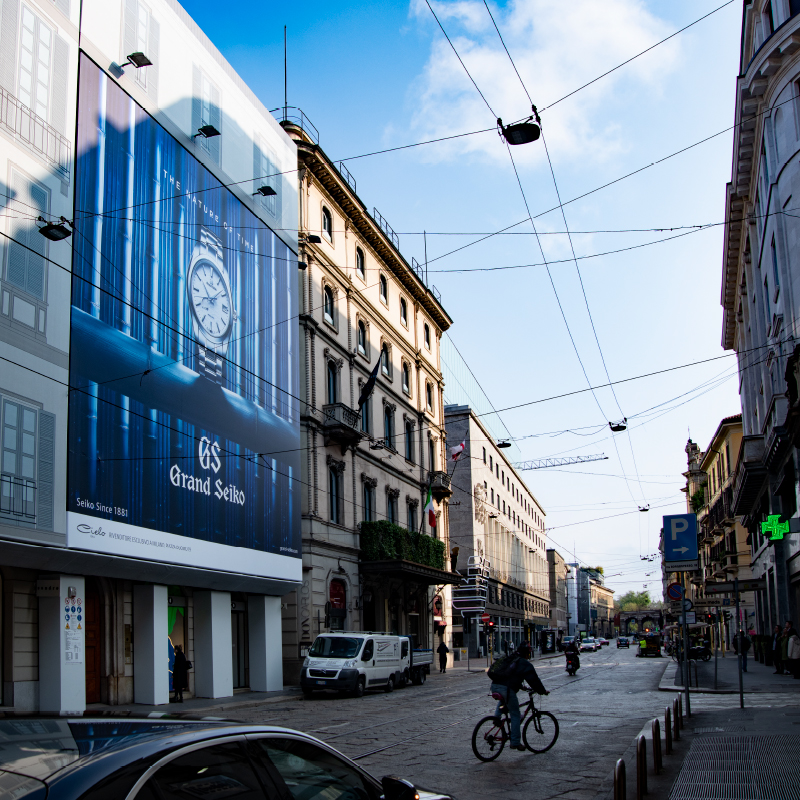
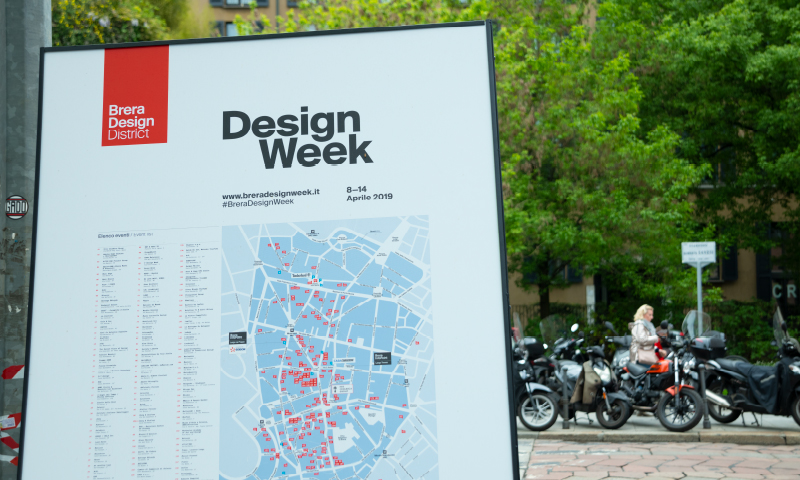
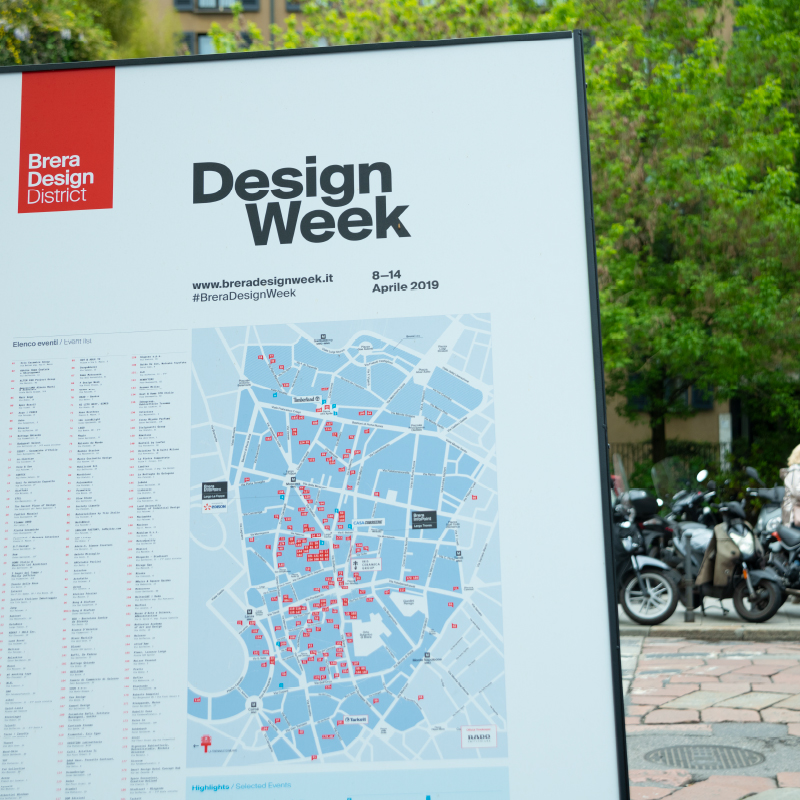
Yoshida: The overall theme of the Grand Seiko exhibition this time was THE NATURE OF TIME. The word nature has the meaning not only of the natural environment, but also the essence of something. Focusing on Seiko’s independently developed Spring Drive mechanism, the overall concept was to visualize “the continuous, natural flow of time” and “the time owned by each individual.”
Koriyama: With the theme THE NATURE OF TIME, Seiko exhibited an installation titled FLUX and a special film piece titled “movement.” FLUX was created by the contemporary design studio we+ and “movement” was created by CG director Shingo Abe.
Yoshida: In order to show the Grand Seiko’s world view, considering what sort of place to display the exhibits is also very important. After careful consideration, we selected the Museo Poldi Pezzoli art museum, located near Via Monte Napoleone, an upscale shopping street. Although it is a complete coincidence, this museum opened in 1881, which just happens to be the year Seiko was founded.
Koriyama: Moreover, this museum houses a rich collection of timepieces. It has quite an array of artifacts, including such things as old sundials. We were able to look at the various timepieces on display during our break time.
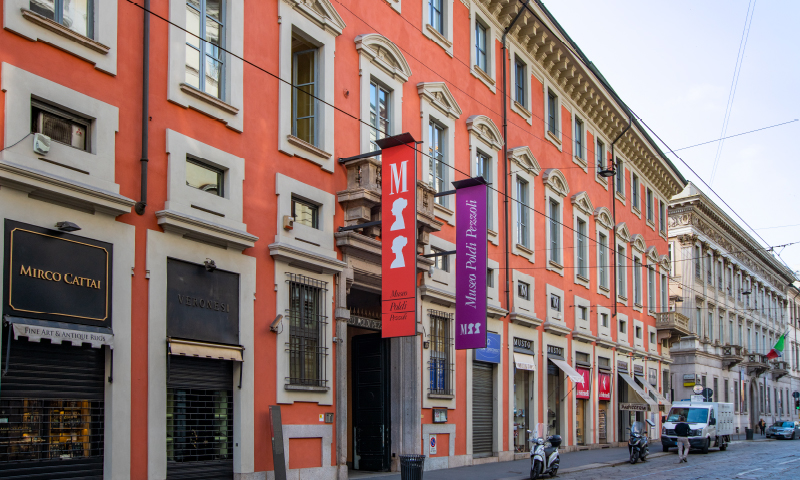
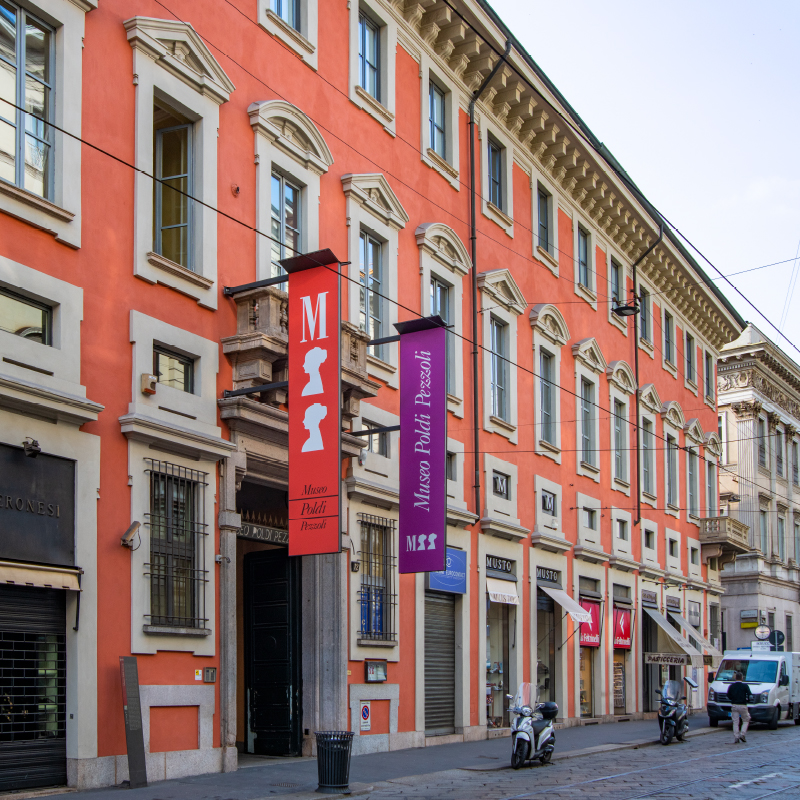
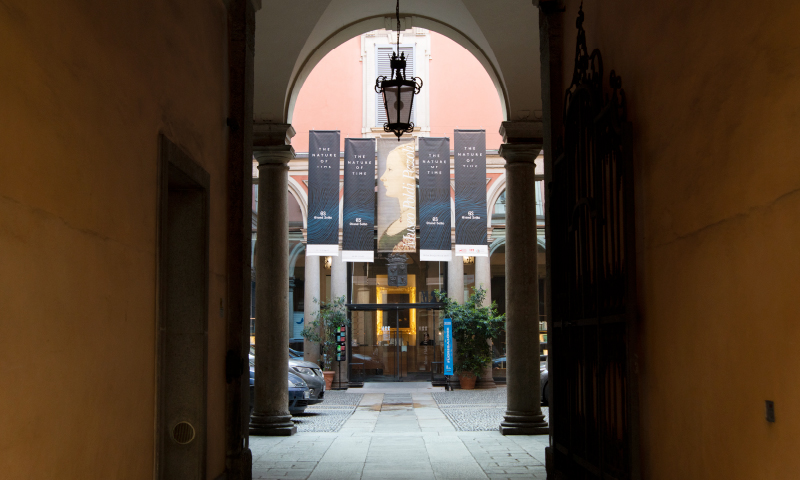
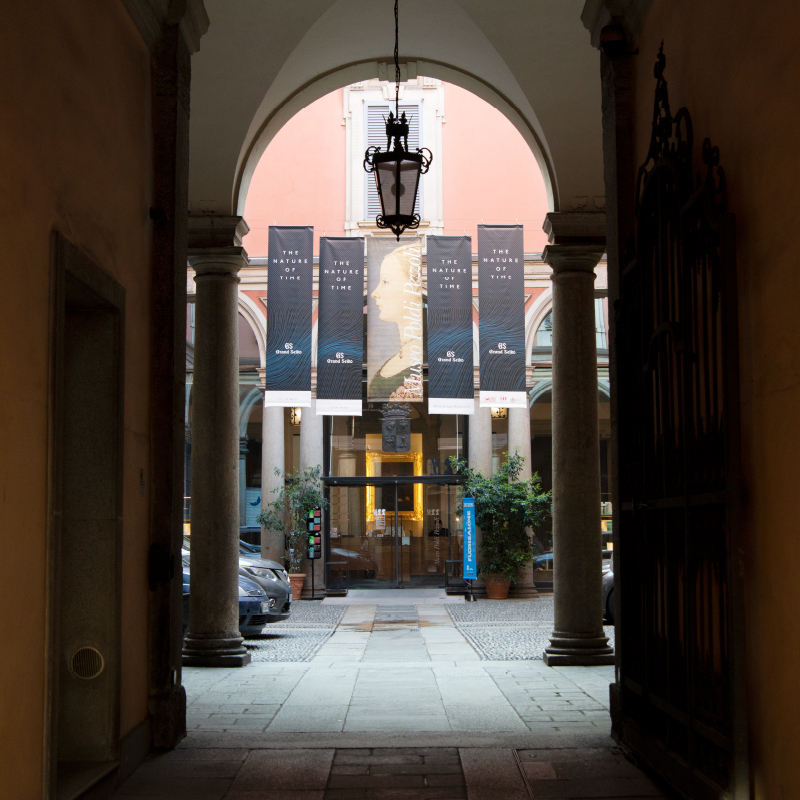
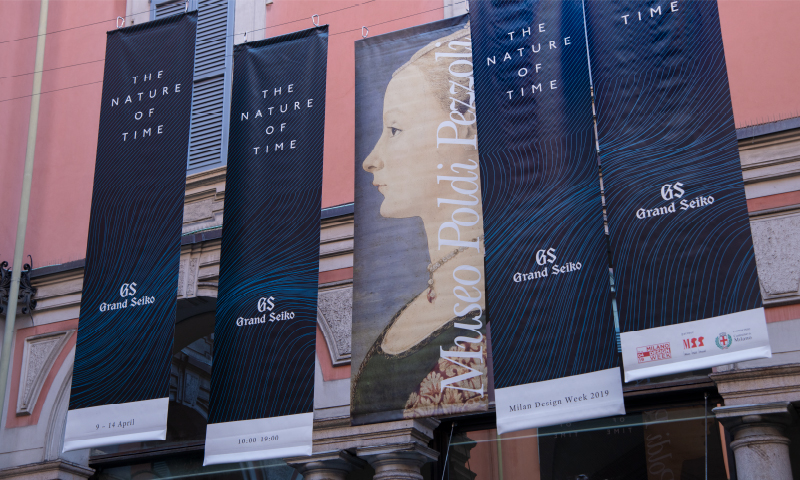
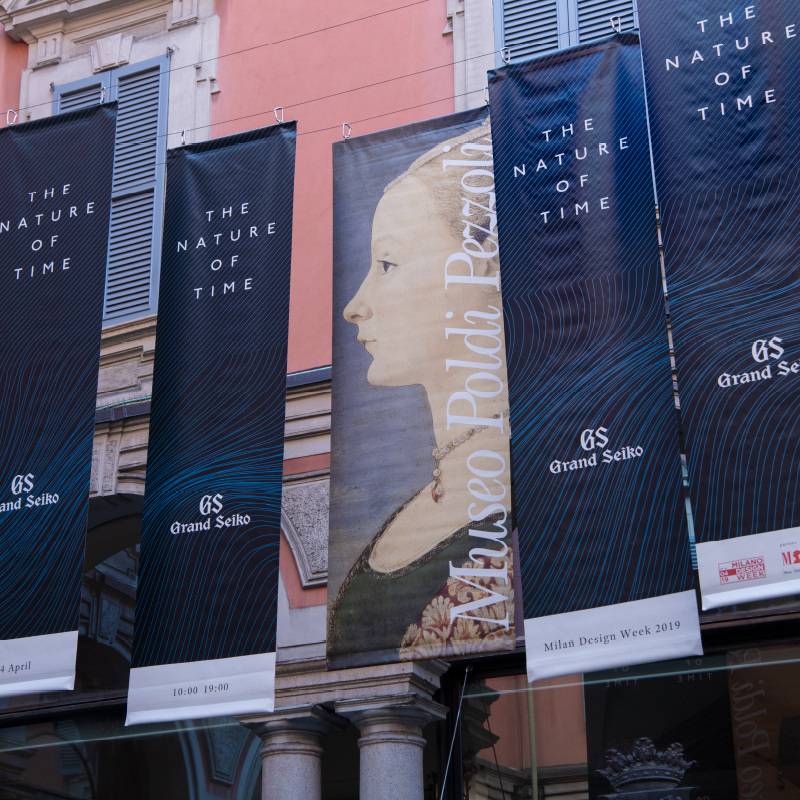
The emotion felt only by experiencing the real thing.
Yoshida: Before departing for Milan, we of course knew what kind of exhibits were to be displayed, but we had seen only models, not the real things. So, when we actually saw them at the venue, we were overwhelmed by how fantastic they were. It felt like we had surrendered ourselves to the grandeur of outer space.
Koriyama: That’s very true. There were many things that I noticed only because I actually went to the venue and saw the actual exhibits.
Yoshida: The exhibit titled FLUX comprises two separate elements: an installation and several art objects. The installation uses a special luminescent liquid that slowly flows. It expresses the passing of time with light that dissipates and spreads across the liquid surface exquisitely. Maybe a video can’t fully capture how beautiful the light’s movement and texture are.
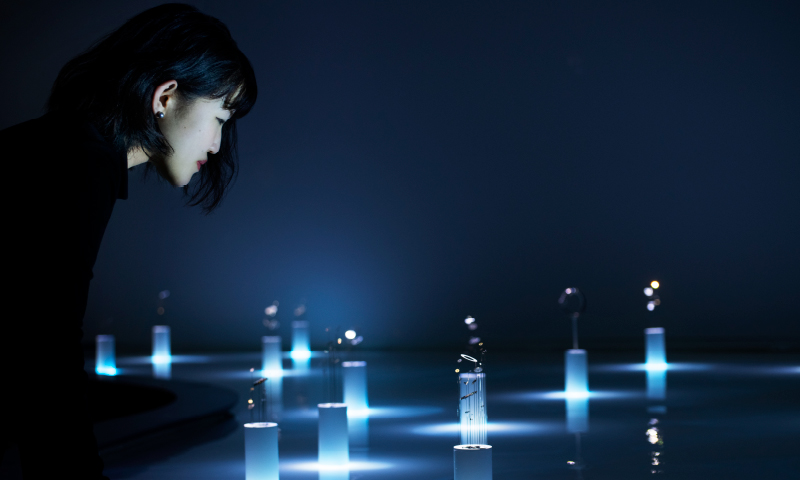
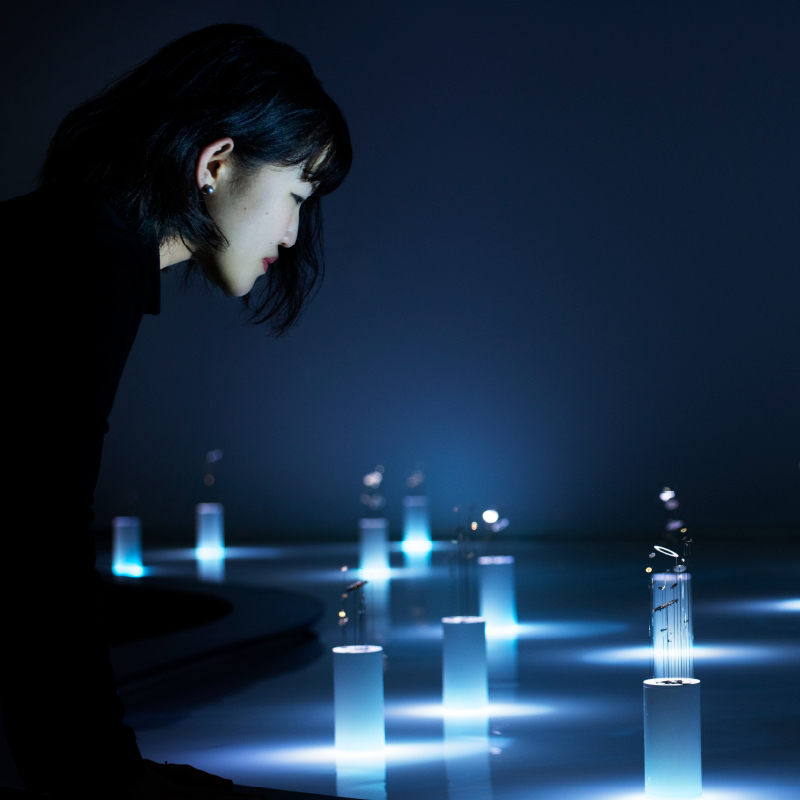
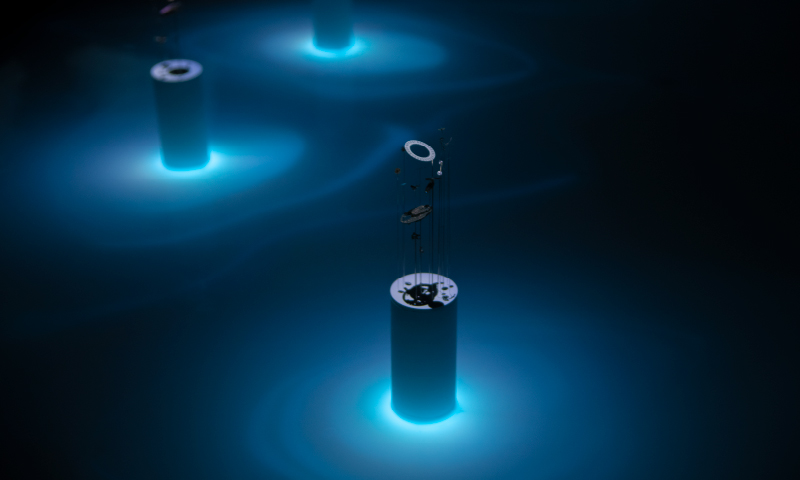
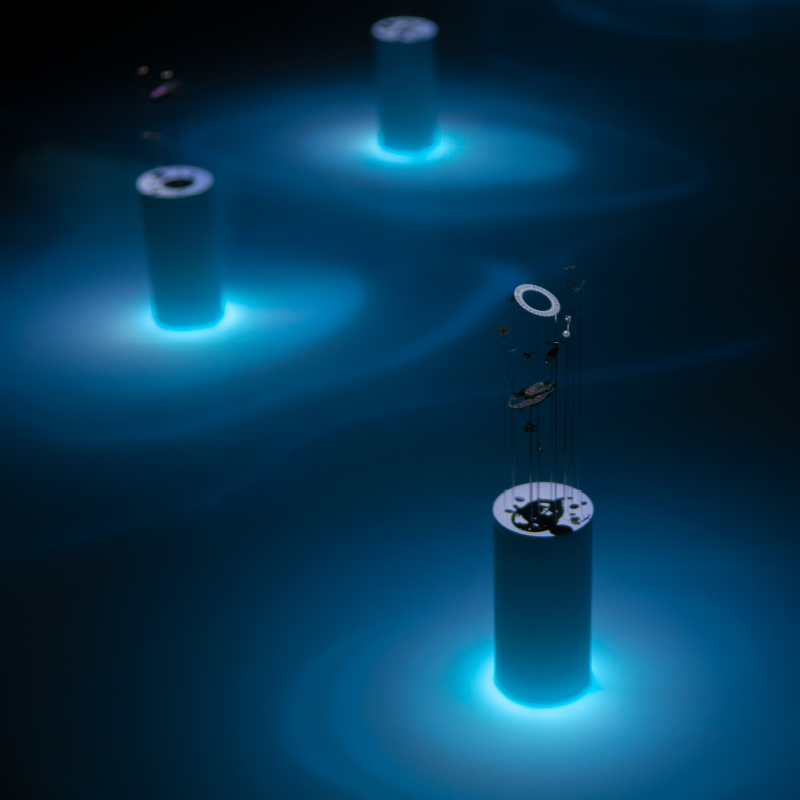
Koriyama: There surely is an atmosphere that exists only at the actual venue, which is hard to tell with pictures or videos. Maybe it’s because the installation uses a liquid, but at the moment I stepped into the venue, I thought the atmosphere was just so incredibly serene. It felt sacred and solemn.
Yoshida: The images projected onto a screen, depicting time showering down like a waterfall, gave me the impression of a Japanese painting.
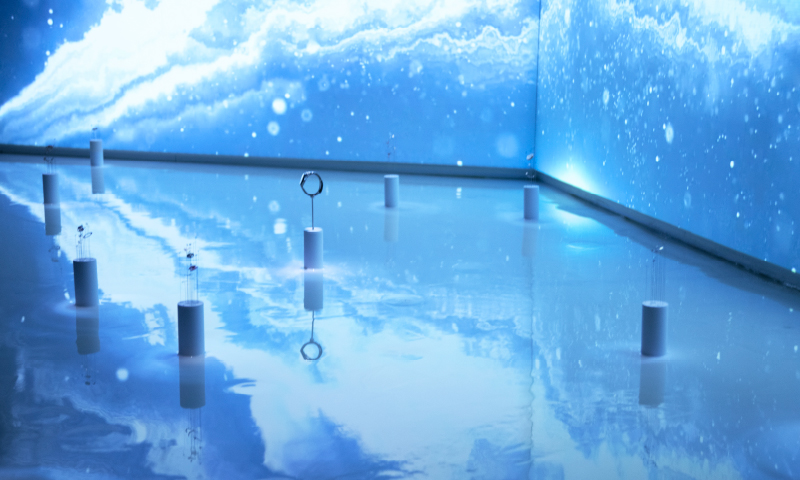
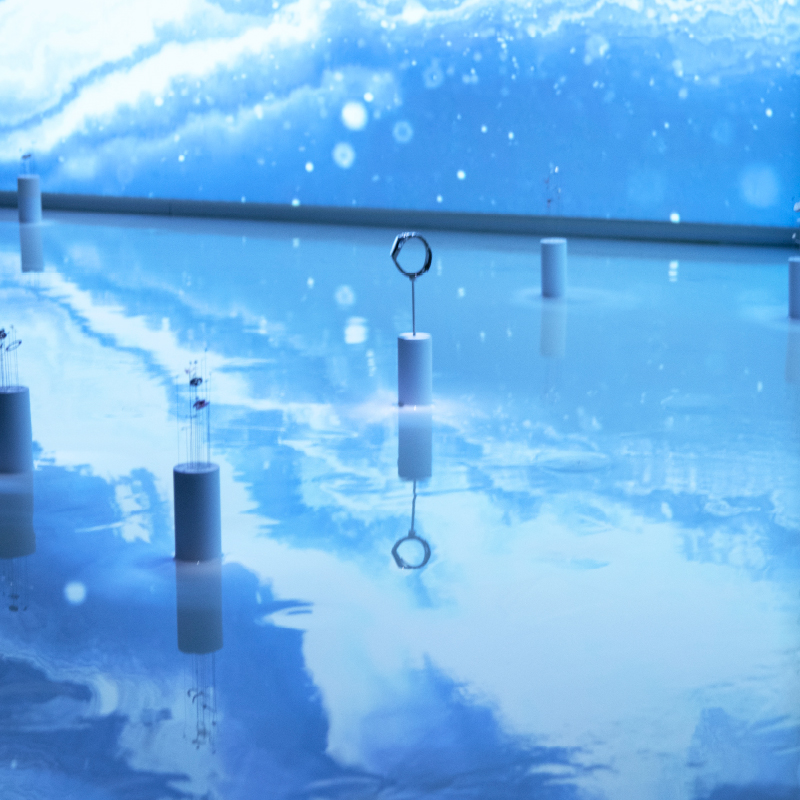
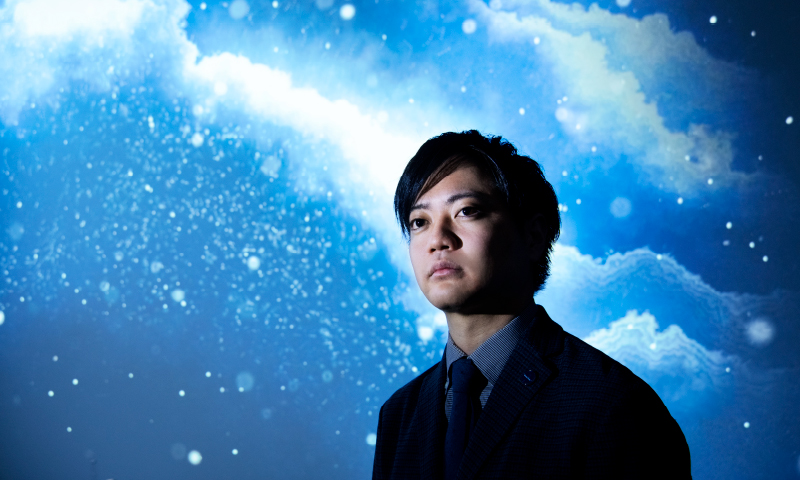
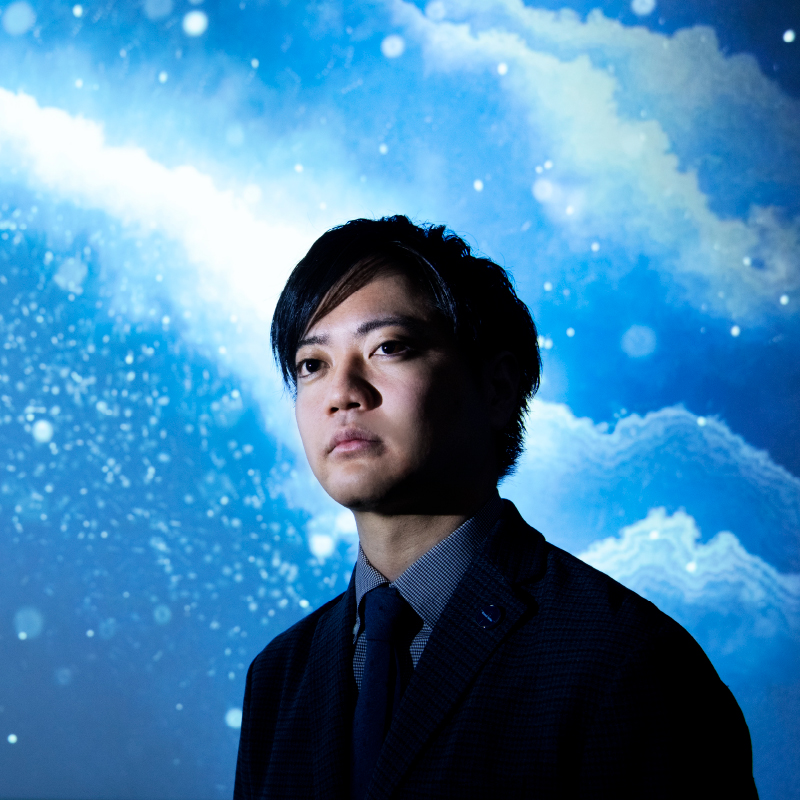
Koriyama: The art objects exhibited in the next room are Spring Drive parts and luminescent powder encapsulated in glass objects with organic forms.
Yoshida: They are really wonderful pieces. As soon as I saw them I just thought “Oh! I want them.”
Koriyama: The glass magnifies the watch parts inside. Unlike the installation, you can hold these objects in your hands and look into them. The FLUX installation and art objects have the same concept, but they differ greatly in the sense of distance between the artwork and the viewers.
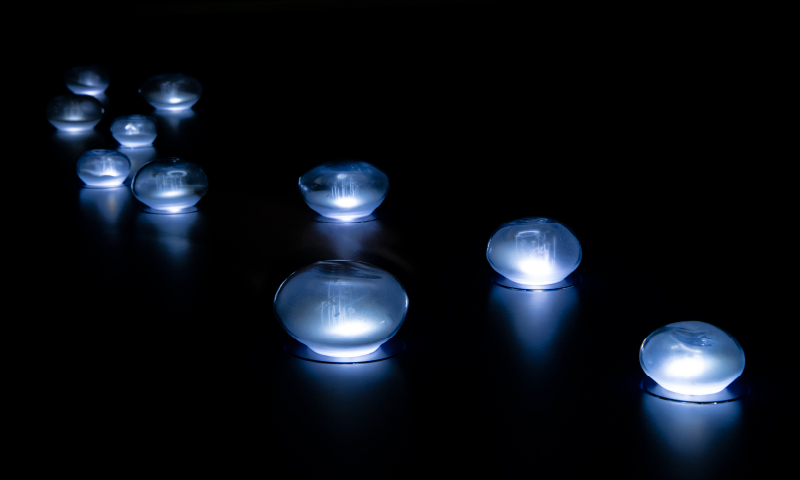
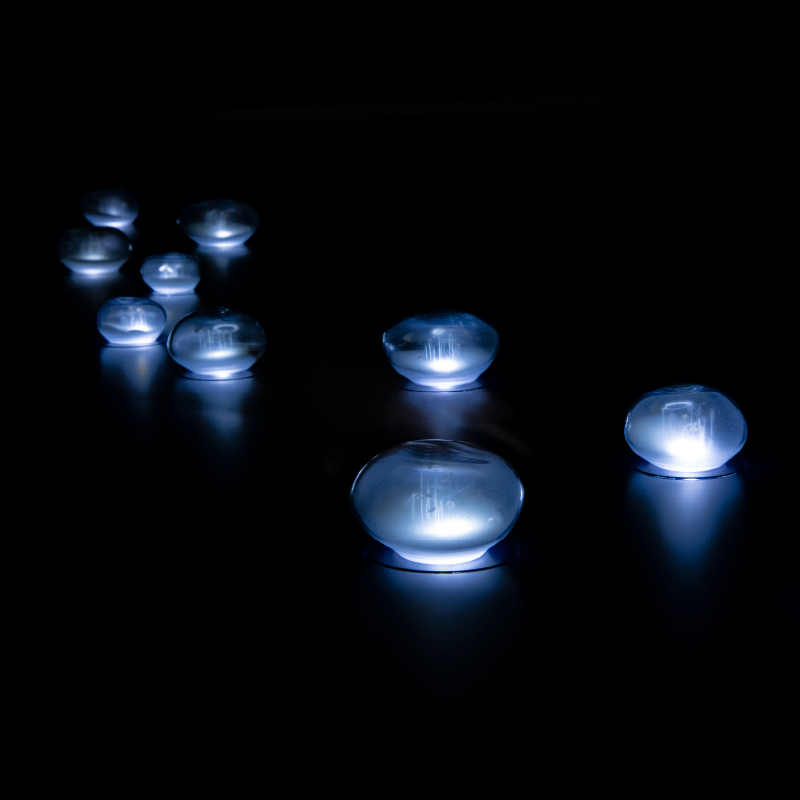
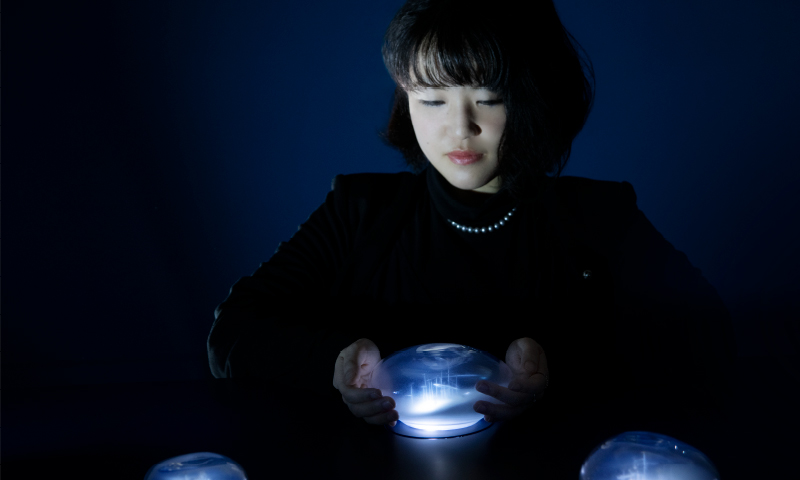
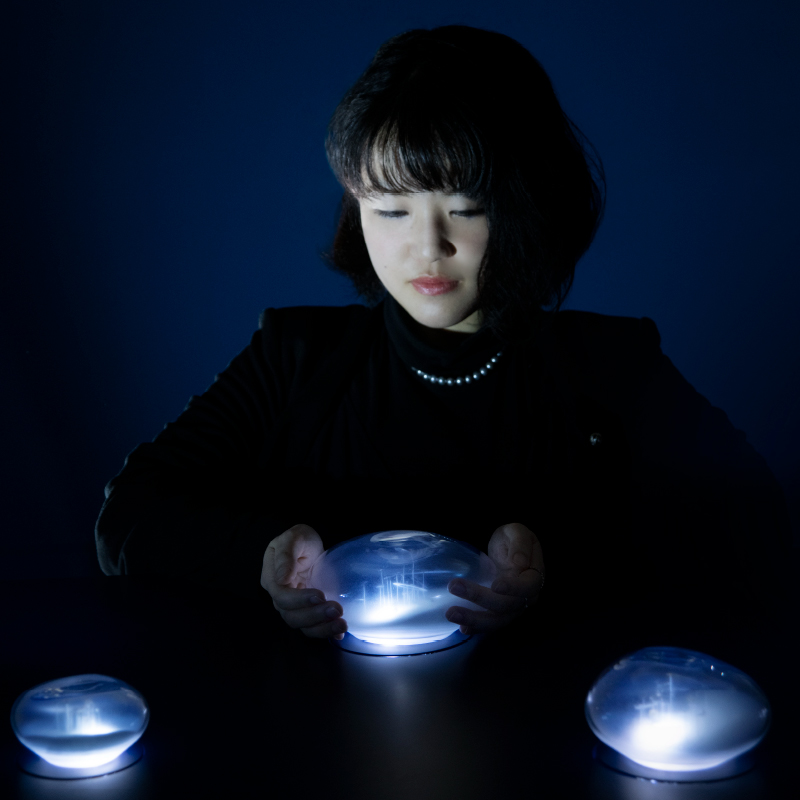
Yoshida: The film piece “movement” created by CG director Shingo Abe incorporates images of Japanese townscapes in a sophisticated way. I think non-Japanese people would find these very Japan images interesting, and even for me as a Japanese person, it was a fresh experience to see this type of scenery combined with such beautiful images in a way I had never seen before.
Koriyama: The townscapes used in the end of the film were of the city of Ginza, but the images inserted into the middle were very typical scenes of everyday life in Japan, just showing us going about our normal lives. Maybe that’s why I felt an affinity for the film and spent a long time just taking it in.
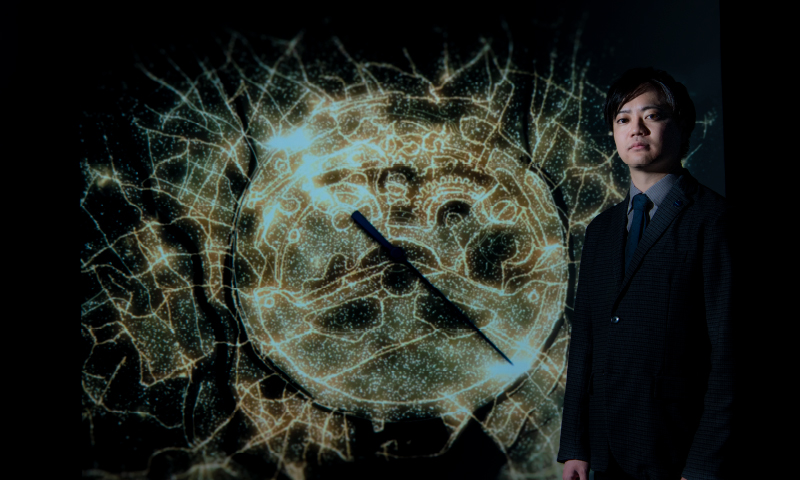
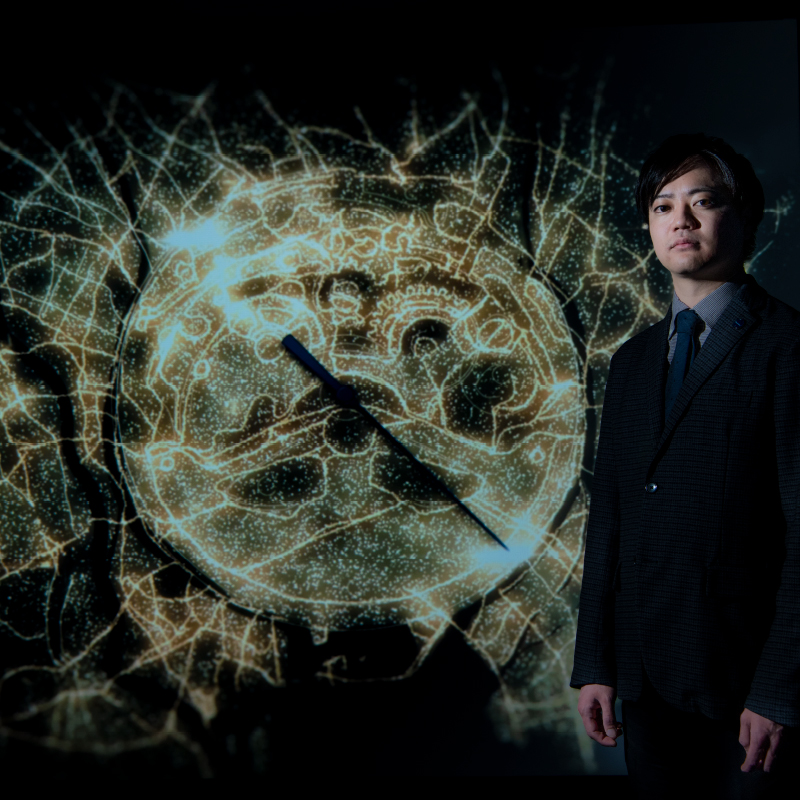
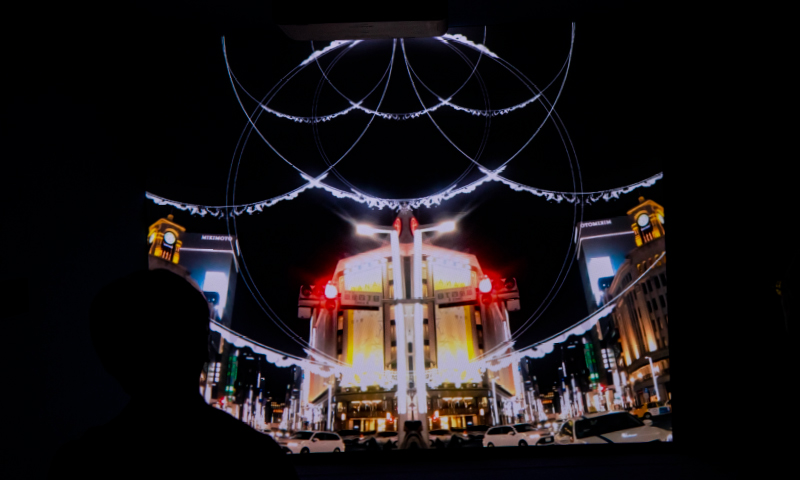
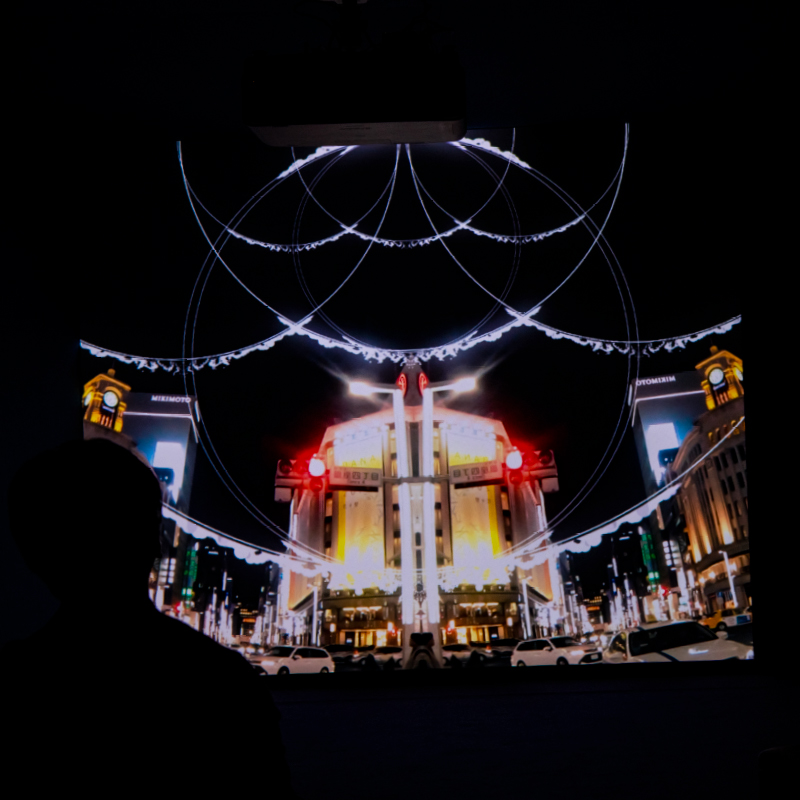
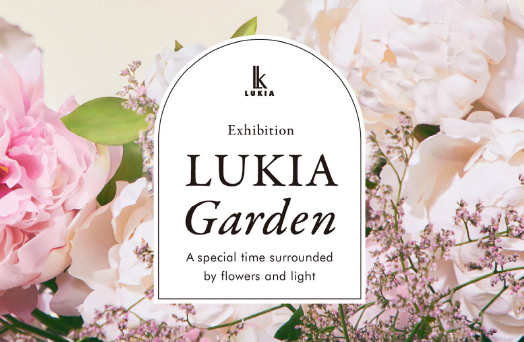
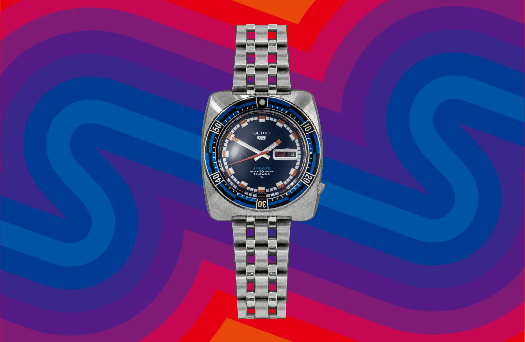
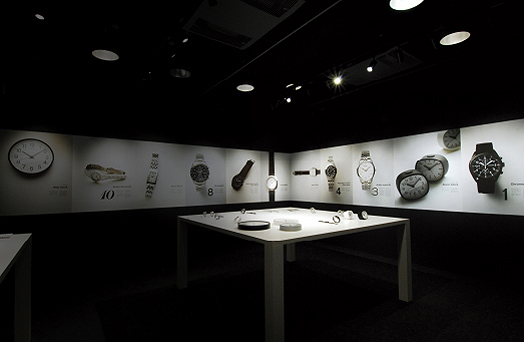
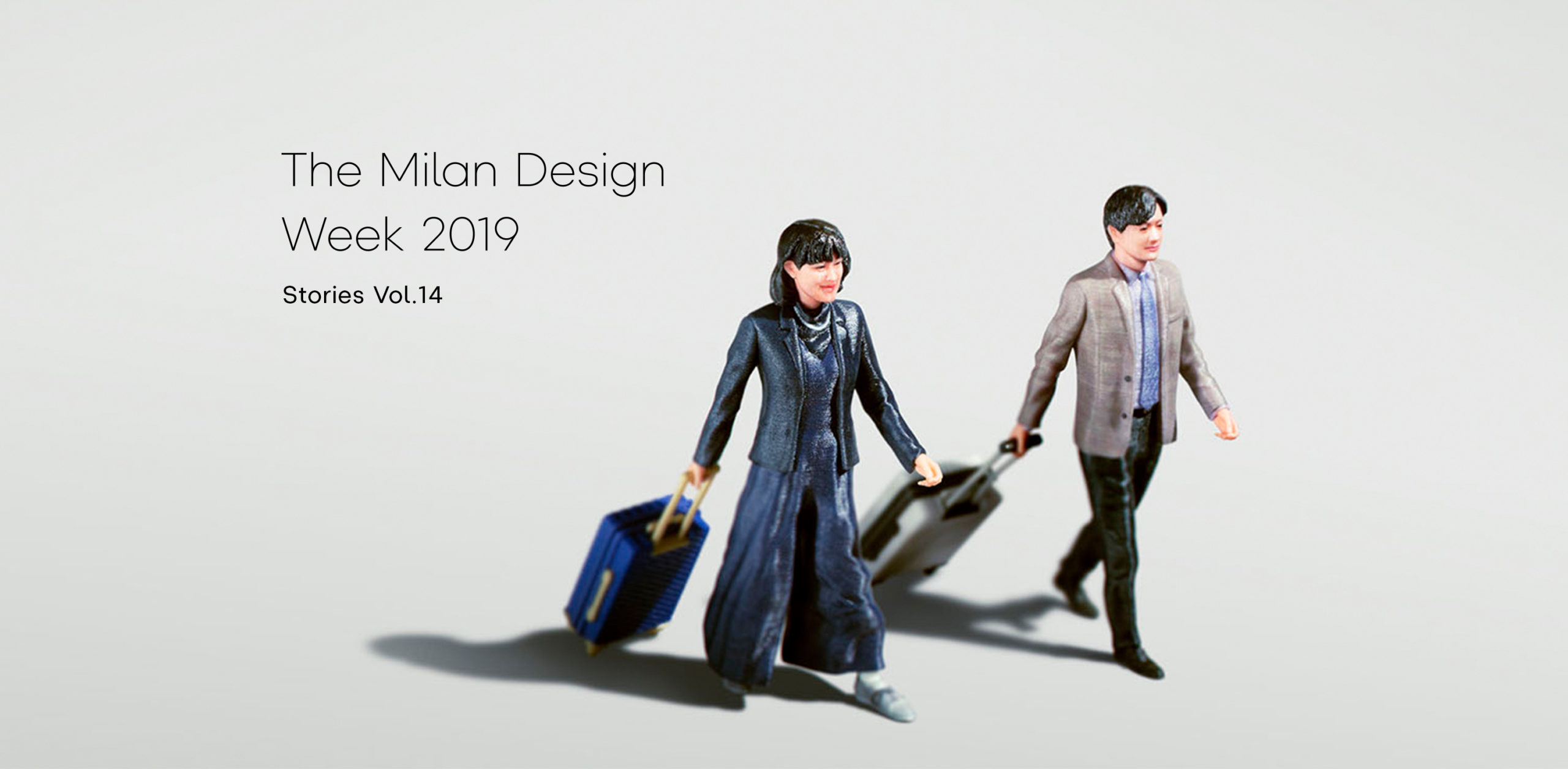
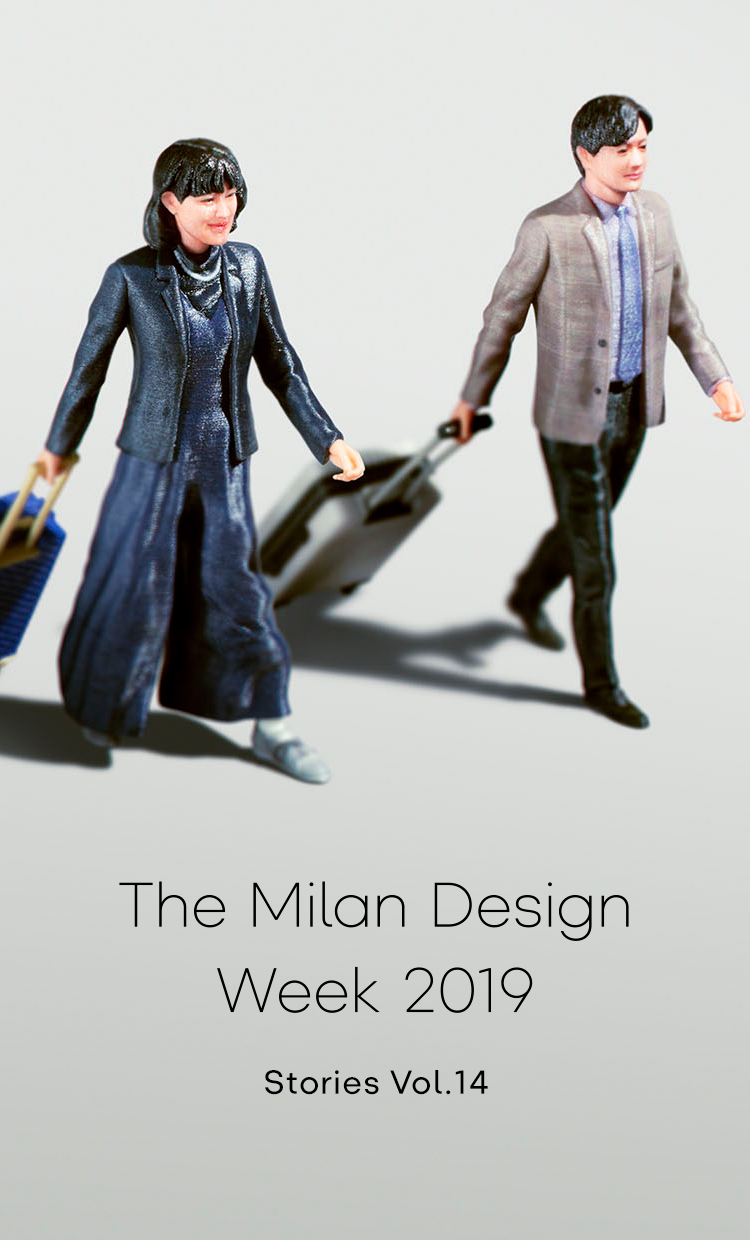
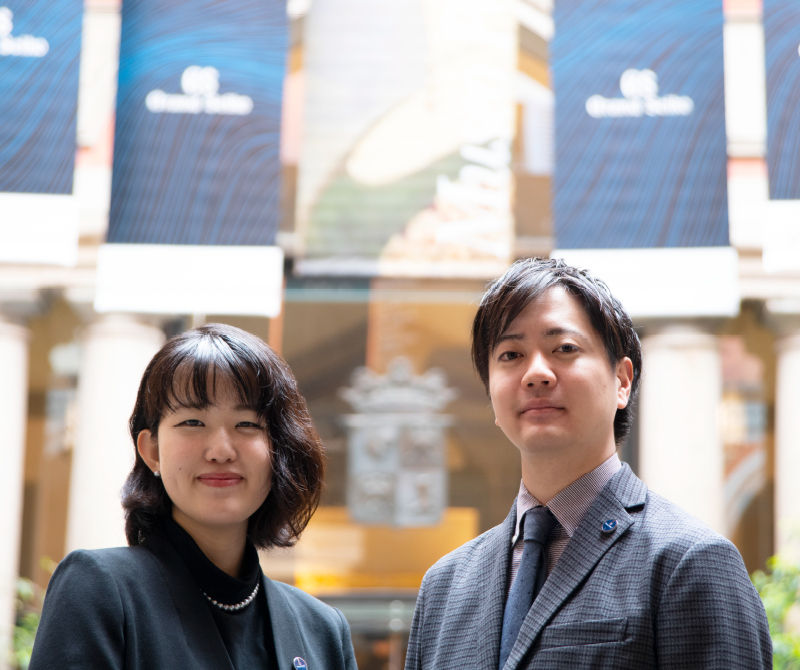
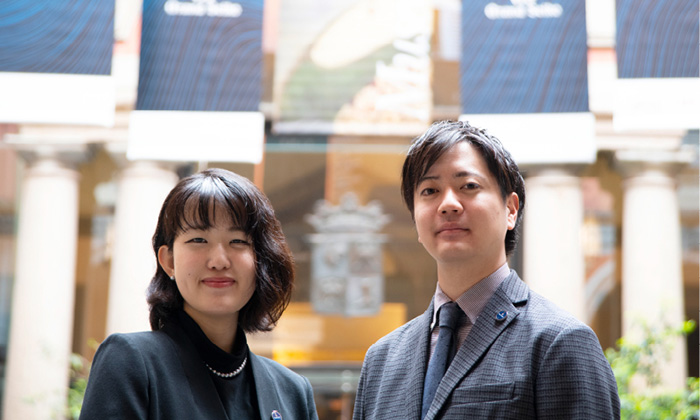
![Vol.19 [Discussion] Where is watch design heading?](https://www.seiko-design.com/wp-content/uploads/2020/01/19-top-newarrival-1.jpg)
